Mathnavi is a universal love hymn. On the 750th anniversary of his death, the mythical poet, sage and spiritual master Rumi (30 September 1207, Belh region – 17 December 1273, Konya) is one of the most read poets in the West. Leili Anvar links it to his resolute spiritual dimension that transcends all religious norms. The author, known for her scholarly translations, her profound knowledge of mystical Persian literature, and of Rumi’s life and spiritual personality describes the epoch Rumi lived in Anatolia. She writes in the preface of her book Rumi, the Religion of Love : …
Category: Culture
A master musician, an influential thinker and jurist, Ostad Elahi ( 11 September 1895 – 19 October 1974) said : “Music has countless properties, most of which have yet to be discovered.” Born in a small remote village in Iran, he grew up in a spiritual milieu where mystical traditions reigned everyday life. He was devoted to music very early on in his quest for meaning, self-knowledge, and transcendence. By the age of nine he was recognized as “ a peerless master of the tanbur ”, yet he only played it for himself. Occasionally, his relatives and visitors would …
Rose, the mystical flower, has been taken as the symbol of love, beauty and divine perfection since ancient antiquity. Rose essence has been used in Persia since Zoroaster (circa 1000 BC) in cooking, medicine and various ceremonies. Washing the hands and face with rosewater for purification, sprinkling rose water on one another, drinking rose syrup, burning rose incense featured the various ethnic, cultural, religious ceremonies. During the middle ages, the rose was cultivated in monastery courtyards and was used for incense and medicinal purposes. It is been said that the finest rose water and oil is extracted from what is …
“ Do good, say good and think good. ” – Ahura Mazda The Persian poet and author Ferdowsi (940 – 1020) renown with his masterpiece Shahnameh – The Book of Kings, illuminates the ancient history of Persia dating back to 1500 BC. He recites the myth of creation, the personas of ancient kings and heroes, and the combat of the good against the evil through the march of history. The stories take stage in the backdrop of Zoroaster, who is said to be the Persian prophet known with his sacred book, Avesta and having founded the monotheist religion in ancient …
Kindness is a man’s memorial For the years after the burial. Ancient Egyptians (3100 BC) believed in the immortality of the soul, and in life after death. The journey of the soul to the other world and the scenes of divine judgement are colorfully illustrated on the Papyrus of Ani (1250 BC). The hieroglyphs highlight the deeply seated knowledge of ancient Egyptians and their strong belief in the divine order of creation which they name – Maat. It governs the entire universe in an immutable unity : nature, state, society, the individual and all forms of existence are seen …
To solve the mystery of creation, the eye of the physicist should look for what really is out there, not what he thinks there should be. Pablo Carlos Budassi born in Argentina (1980), a talented mathematician, musician and artist with many award-winning spatial design works, made a simple drawing of the cosmos for his son’s birthday. He used the logarithmic maps of the physicists, photographs taken by Nasa and his photoshop app. His logarithmic illustration of the observable universe became globally famous. The physicists acclaimed his work and marked it as the simplest up-to-date picture of the universe. In the …
Pepita was a young girl who lived in a small Mexican village. Her parents were poor farmers barely able to feed their family. When Christmas was near, they both fell ill, and it was up to Pepita, the eldest, almost 9 years old, to take care of her little brother and sister, and to maintain the household. In the village church, the nativity scene of the newborn Jesus was set up for Christmas. It was the traditional Christmas Eve procession, where the whole village went to church, candles in hand, singing hymns. The villagers were bringing gifts to place before …
“Those who compared our lives with a dream were right. We were sleeping awake and waking up asleep. ” –Montaigne It was many years ago that an elderly local recounted this tale while we were touring Ephesus, Turkey on a beautiful spring day. Though I would find out more about this story in the years to come, the way he recited it on that day left an indelible mark in my memory. There were seven young people who lived at the time of the Roman emperor Decius ( 250 AD) and who were of the same conviction. …
“Between the stimulus and response, there is a space and in that space lies our freedom and power to choose our response. In our response lies our growth .” Having survived the concentration camps during World War II, Viktor Frankl wrote his renowned book Man’s Search for Meaning in 1946. He asks the fundamental question “What is the meaning of life ?” The answer, he says, does not lie in theories on life or in meditative thoughts. The meaning is crafted by our conduct. When we ask what life expects from us rather than what we expect from life, we …
The highest result of education is tolerance. – Hellen Keller Tolerance (tolerantia in latin) means to bear a burden, put up with, endure, forebear, allow to exist. It is considered a virtue, a moral obligation which involves respect and consideration for the other person. “ Free from bigotry, allowing different races, religions, practices, and opinions to co-exist, it is a pragmatic formula for the functioning of society, ” writes Hans Oberdiek in his wholesome book Tolerance: Forbearance and Acceptance A century ago, Einstein, in foresight said : “ Laws alone cannot secure freedom of expression; in order that every man …




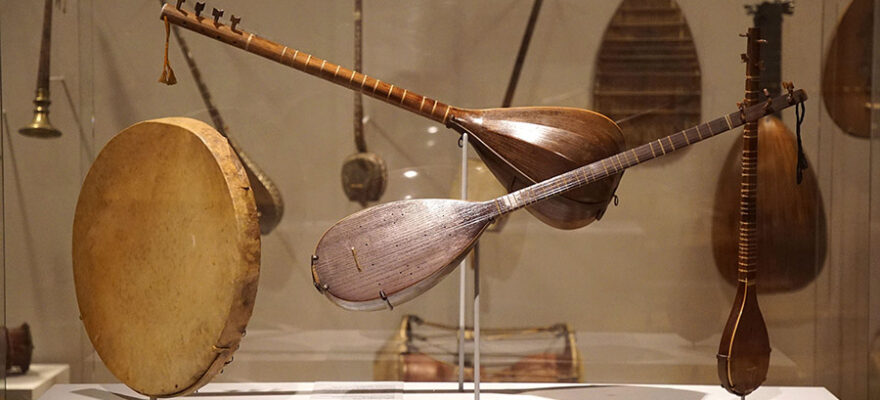

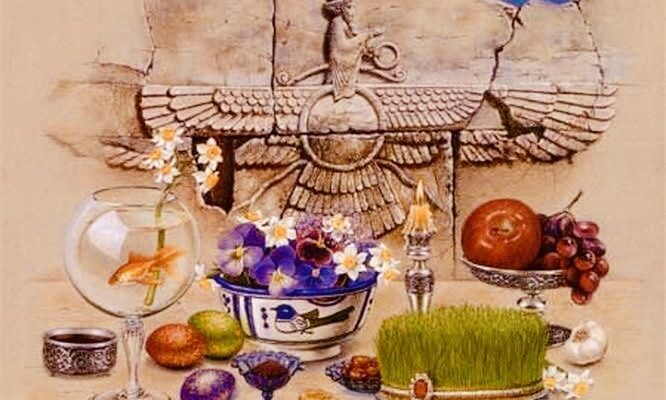
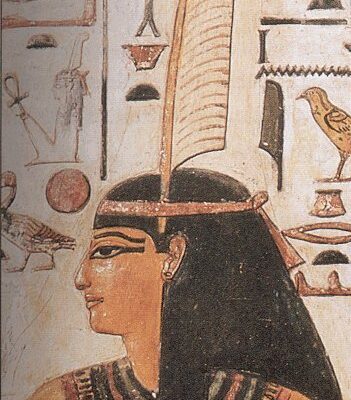
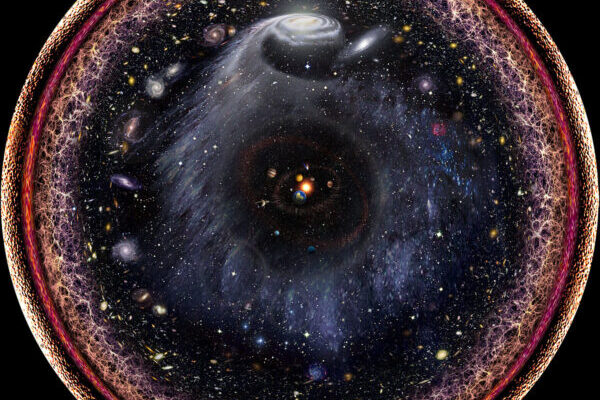
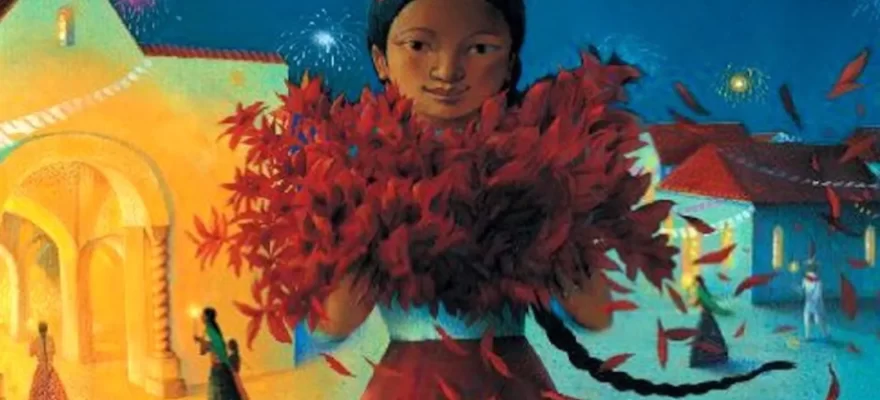
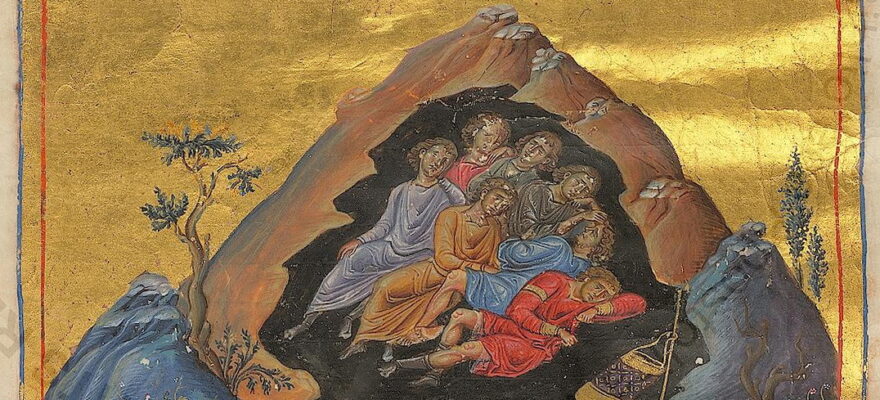
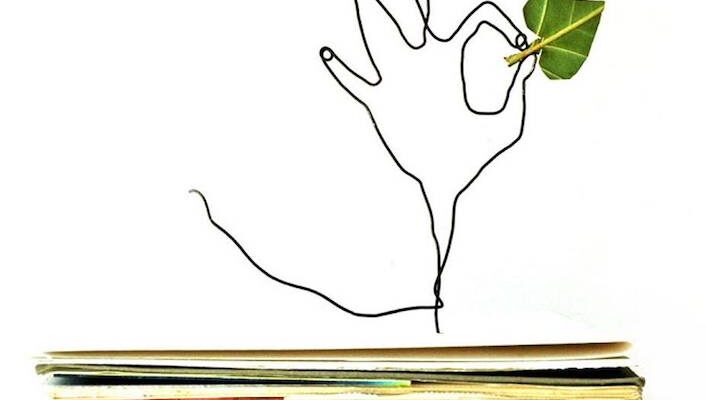
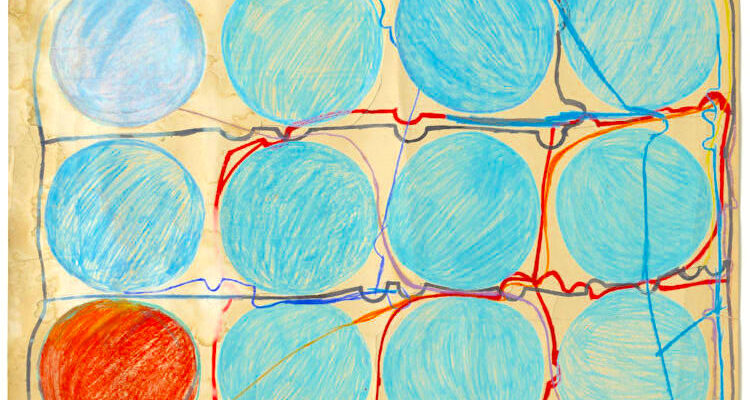
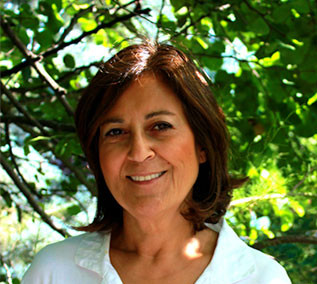




Social Profiles